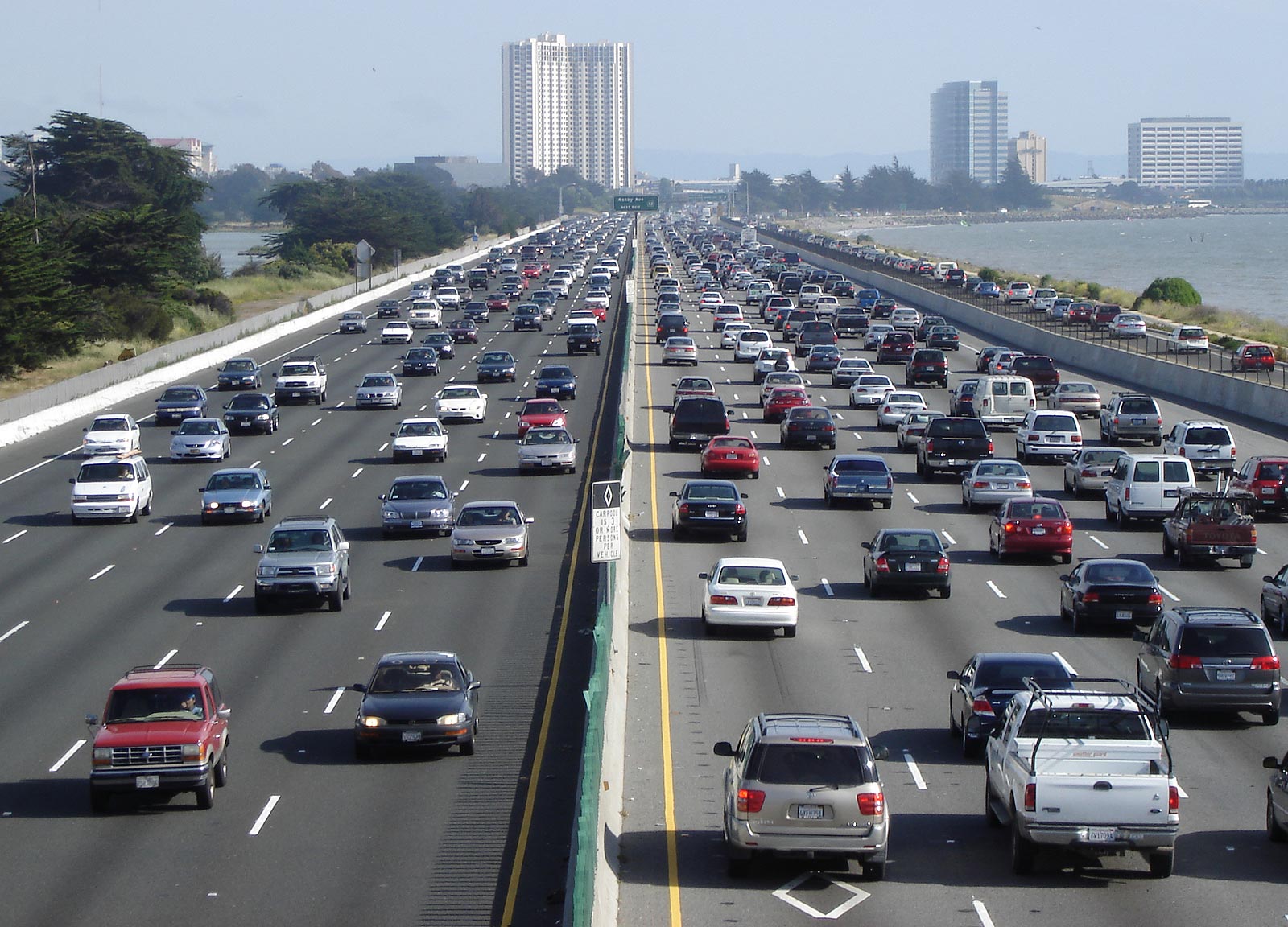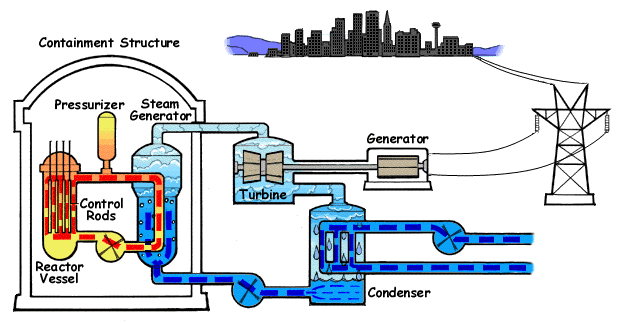|
Nuclear Power Plants Authority
The Nuclear Power Plants Authority is an Egyptian public economic authority of a special nature affiliated to the Ministry of Electricity and Renewable Energy Incorporation The Nuclear Power Plants Authority was established by Law No.13 of the year 1976 and amendments by Law No. 210 of the year 2017, to be a public economic authority of special nature that is affiliated to the Ministry of Electricity and Renewable Energy. The Nuclear Power Plants Authority is exclusively entrusted with establishing, operating and managinnuclear power plants in Egyptand is headquartered in Cairo. The Authority has the national capabilities that are coupled with scientific competency and accumulated experiences necessary to successfully carry out its tasks in the management of nuclear power projects in the Arab Republic of Egypt. Mission and activities * Undertaking the implementation of the peaceful nuclear power plant projects in Egypt. * Implementing consecutivtechnical training programsin ... [...More Info...] [...Related Items...] OR: [Wikipedia] [Google] [Baidu] |
Ministry Of Electricity And Renewable Energy (Egypt)
The Ministry of Electricity and Renewable Energy of Egypt is the government ministry in charge of managing and regulating the generation, transmission, and distribution of electricity in Egypt. Its headquarters are in Cairo. The current minister is Mohamed Shaker. The ministry was established in 1964 with presidential decree No. 147. Electric power stations An agreement was made with Siemens, a German company, to implement power stations in Beni Suef, the New Administrative Capital, and Borollos by mid 2018. High dams The Aswan Dam, inaugurated in 1971, "can generate 10 billion kilowatt-hours annually.". A new high dam to pump and store water to produce electricity in Ataka was in the works in mid 2017 in conjunction with Sinohydro, a Chinese company. Nuclear power plant In 2015, Egypt began negotiations with Russian company Rosatom, for building a nuclear power plant in Dabaa and by the end of 2016, the ministry and the company were in their final negotiations on the deal. B ... [...More Info...] [...Related Items...] OR: [Wikipedia] [Google] [Baidu] |
Nuclear Power Plant
A nuclear power plant (NPP) is a thermal power station in which the heat source is a nuclear reactor. As is typical of thermal power stations, heat is used to generate steam that drives a steam turbine connected to a electric generator, generator that produces electricity. , the International Atomic Energy Agency reported there were 422 nuclear power reactors in operation in 32 countries around the world, and 57 nuclear power reactors under construction. Nuclear plants are very often used for base load since their operations, maintenance, and fuel costs are at the lower end of the spectrum of costs. However, building a nuclear power plant often spans five to ten years, which can accrue to significant financial costs, depending on how the initial investments are financed. Nuclear power plants have a carbon footprint comparable to that of renewable energy such as photovoltaic power station, solar farms and wind farms, and much lower than fossil fuels such as gas-fired ... [...More Info...] [...Related Items...] OR: [Wikipedia] [Google] [Baidu] |
NPPA Organizational Structure
NPPA may refer to: * National Pest Plant Accord, a 2001 agreement in New Zealand * National Press Photographers Association The National Press Photographers Association (NPPA) is an American professional association made up of still photographers, television videographers, editors, and students in the journalism field. Founded in 1946, the organization is based in at ..., an American professional association * National Professional Practice Assessment, an examination for Certified Human Resources Professionals * NPPA (gene), which encodes atrial natriuretic peptide * '' NPPA Journal'', now ''Crime & Delinquency'', an academic journal of criminology {{disambiguation ... [...More Info...] [...Related Items...] OR: [Wikipedia] [Google] [Baidu] |
Boiling Water Reactor
A boiling water reactor (BWR) is a type of light water nuclear reactor used for the generation of electrical power. It is a design different from a Soviet graphite-moderated RBMK. It is the second most common type of electricity-generating nuclear reactor after the pressurized water reactor (PWR), which is also a type of light water nuclear reactor. The main difference between a BWR and PWR is that in a BWR, the reactor core heats water, which turns to steam and then drives a steam turbine. In a PWR, the reactor core heats water, which does not boil. This hot water then exchanges heat with a lower pressure system, which turns water into steam that drives the turbine. The BWR was developed by the Argonne National Laboratory and General Electric (GE) in the mid-1950s. The main present manufacturer is GE Hitachi Nuclear Energy, which specializes in the design and construction of this type of reactor. Overview A boiling water reactor uses demineralized water as a coolant and neu ... [...More Info...] [...Related Items...] OR: [Wikipedia] [Google] [Baidu] |
Energy Law
Energy laws govern the use and taxation of energy, both renewable energy, renewable and non-renewable energy, non-renewable. These laws are the primary authority, primary authorities (such as caselaw, statutes, rules, regulations and edicts) related to energy. In contrast, energy policy refers to the policy and politics of energy. Energy law includes the legal provision for oil, gasoline, and "extraction taxes." The practice of energy law includes contracts for siting, extraction, licenses for the acquisition and property law, ownership rights in oil and natural gas, gas both under the soil before discovery and after its rule of capture, capture, and adjudication regarding those rights. Renewable energy law International law There is a growing academic interest in international energy law, including continuing legal education seminars, treatises, law reviews, and graduate courses. In the same line, there has been growing interest on energy-specific issues and their partic ... [...More Info...] [...Related Items...] OR: [Wikipedia] [Google] [Baidu] |
Nuclear Energy Agency
The Nuclear Energy Agency (NEA) is an intergovernmental agency that is organized under the Organisation for Economic Co-operation and Development (OECD). Originally formed on 1 February 1958 with the name European Nuclear Energy Agency (ENEA)—the United States participated as an Associate Member—the name was changed on 20 April 1972 to its current name after Japan became a member. The mission of the NEA is to "assist its member countries in maintaining and further developing, through international co-operation, the scientific, technological and legal bases required for the safe, environmentally friendly and economical use of nuclear energy for peaceful purposes." Members NEA currently consists of 34 countries from Europe, North America and the Asia-Pacific region. In 2021, Bulgaria accessioned to NEA as its most recent member. In 2022, following Russia's invasion of Ukraine, Russia's membership was suspended. * * * * * * * * * * * * * * * * * * * * * * * * * (suspended ... [...More Info...] [...Related Items...] OR: [Wikipedia] [Google] [Baidu] |
Nuclear Reactor Safety System
:''This article covers the technical aspects of active nuclear safety systems in the United States. For a general approach to nuclear safety, see nuclear safety.'' The three primary objectives of nuclear reactor safety systems as defined by the U.S. Nuclear Regulatory Commission are to shut down the reactor, maintain it in a shutdown condition and prevent the release of radioactive material. Reactor protection system (RPS) A reactor protection system is designed to immediately terminate the nuclear reaction. By breaking the nuclear chain reaction, the source of heat is eliminated. Other systems can then be used to remove decay heat from the core. All nuclear plants have some form of reactor protection system. Control rods Control rods are a series of rods that can be quickly inserted into the reactor core to absorb neutrons and rapidly terminate the nuclear reaction. They are typically composed of actinides, lanthanides, transition metals, and boron, in various alloys with ... [...More Info...] [...Related Items...] OR: [Wikipedia] [Google] [Baidu] |
Nuclear Technology
Nuclear technology is technology that involves the nuclear reactions of atomic nuclei. Among the notable nuclear technologies are nuclear reactors, nuclear medicine and nuclear weapons. It is also used, among other things, in smoke detectors and gun sights. History and scientific background Discovery The vast majority of common, natural phenomena on Earth only involve gravity and electromagnetism, and not nuclear reactions. This is because atomic nuclei are generally kept apart because they contain positive electrical charges and therefore repel each other. In 1896, Henri Becquerel was investigating phosphorescence in uranium salts when he discovered a new phenomenon which came to be called radioactivity. He, Pierre Curie and Marie Curie began investigating the phenomenon. In the process, they isolated the element radium, which is highly radioactive. They discovered that radioactive materials produce intense, penetrating rays of three distinct sorts, which they labeled al ... [...More Info...] [...Related Items...] OR: [Wikipedia] [Google] [Baidu] |
Pressurized Water Reactor
A pressurized water reactor (PWR) is a type of light-water reactor, light-water nuclear reactor. PWRs constitute the large majority of the world's nuclear power plants (with notable exceptions being the UK, Japan and Canada). In a PWR, the primary nuclear reactor coolant, coolant (water) is pumped under high pressure to the reactor core where it is heated by the energy released by the Nuclear fission, fission of atoms. The heated, high pressure water then flows to a Water-tube boiler, steam generator, where it transfers its thermal energy to lower pressure water of a secondary system where steam is generated. The steam then drives turbines, which spin an electric generator. In contrast to a boiling water reactor (BWR), pressure in the primary coolant loop prevents the water from boiling within the reactor. All light-water reactors use ordinary water as both coolant and neutron moderator. Most use anywhere from two to four vertically mounted steam generators; VVER reactors use horizo ... [...More Info...] [...Related Items...] OR: [Wikipedia] [Google] [Baidu] |
Energy In Egypt
This article describes the energy and electricity production, consumption and import in Egypt. Overview Electrical power Egypt is classified as having a “high power system size (24,700 MW installed generation capacity in 2010 with more than 40 grid-connected plants).” As of 2010, 100% of the Egyptian population has access to electricity. History When electricity was first introduced in Egypt in 1893, the generation and distribution of electricity was practiced exclusively by private companies. In 1962, the generation, transmission, and distribution of electricity were nationalized under three authorities (the Electricity Production Authority, the Electricity Distribution Authority, and the Electricity Projects Implementation Authority) leaving the government as the sole owner and operator of all electrical companies. These three authorities were replaced in 1965 by the public Egyptian Corporation for Electricity which remained active until 1976 when it was converted in ... [...More Info...] [...Related Items...] OR: [Wikipedia] [Google] [Baidu] |
Nuclear Program Of Egypt
President Adly Mansour announced on 7 November 2013 that Egypt was restarting its nuclear power program in El Dabaa; a deal was reached with the residents in which it was agreed that a residential area will also be built. The Egyptian minister of electricity, Ahmed Emam, has called the project "necessary" because of a small amount of renewable energy sources and not enough fuel. History The Egyptian nuclear power program was started in 1954 as the first research reactor ETRR-1 was acquired from the Soviet Union in 1958 and was opened by Gamal Abdel Nasser at Inchass, Nile Delta. The disposal of its spent fuel was controlled by the Soviets. In 1964, a 150 MWe nuclear power station was proposed, followed by a 600 MWe proposal in 1974. Also, the Nuclear Power Plants Authority (NPPA) was established in 1976, and in 1983 the El Dabaa site on the Mediterranean coast was selected. The nuclear program was then rejected just after Egypt's defeat by Israel in the Six-day War in 1967 ... [...More Info...] [...Related Items...] OR: [Wikipedia] [Google] [Baidu] |




